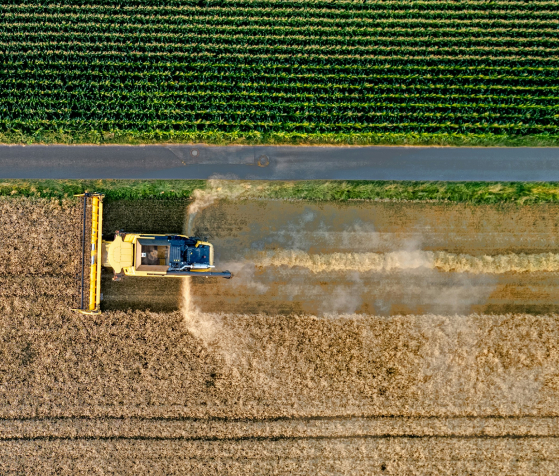Reports
A Future Without
Glyphosate and Its
Farm Bill Implications
Assessing the impacts and costs to U.S. agriculture, environment, and federal policy
What You
Need to Know
Need to Know

Ongoing public debate and a lack of legislative certainty on pesticide labeling could endanger the availability of crop protection tools like glyphosate.
Farmers rely on these tools to keep yields high, food prices affordable, and implement important conservation practices. Conflicting state and federal labeling requirements create a challenging regulatory landscape that could affect the availability and cost of crop protection products, harming farmers, consumers, and our environment in the process.
What are the consequences of losing access to glyphosate?
How will vital provisions of the Farm Bill be impacted in a world without glyphosate?
Glyphosate is the most widely used herbicide in the United States—used on a wide variety of crops and an average of 87% of corn, soybean, and cotton acres.
Decades of use have shown it to be an effective and cost-efficient tool for weed control, enabling farmers to implement conservation practices such as no-till farming and cover cropping. These practices have helped reduce fuel usage and CO2 emissions across millions of acres every year.
Glyphosate
Today
Today
Key Facts
Without glyphosate:
2.5X
increase in input costs
Farmers’ input costs would surge up to two-and-a-half times as much compared to pricier alternatives.
$10B
direct costs to the farm bill
Crop insurance costs and nutrition program outlays would rise, adding more than $10 billion in direct costs over the course of the 2025-2029 Farm Bill.
33.72M
additional tons of CO2 emissions
Farmers would have to till up to four times more, increasing on-farm fuel emissions by 33.72 million tons of CO2. That’s the equivalent yearly emissions from 6.8 million gasoline-driven cars or the electricity use of 5.95 million homes.
2.4X
increase in food inflation
Food inflation could more than double—forcing American consumers to pay even more at the grocery store.
2023
A Future Without Glyphosate
The report leverages multiple research and analytical methods, including open-source research, economic modeling, subject-matter expert interviews, and military wargaming techniques to understand what the future could look like without glyphosate.
2024
Farm Bill Programs and the Role of Crop Protection Tools
Building on the first report, this analysis uses impact assessments, open-source research, and economic modeling to examine how the loss of glyphosate would affect key provisions of the farm bill and American taxpayers.

